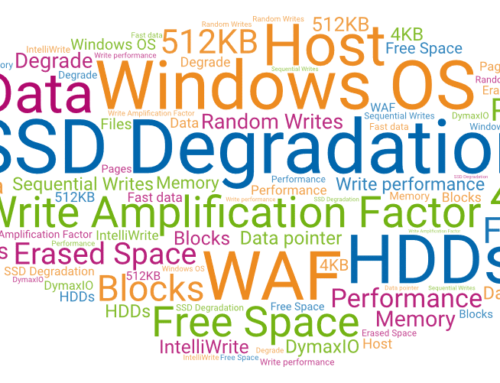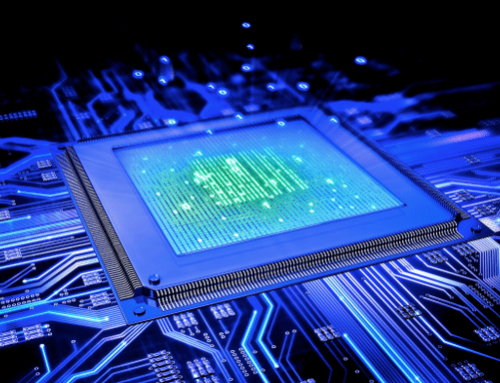I can’t blame it all on NetApp.
It all started with THIS TWEET.
I’ll admit NetApp was misled by an inadvertent title from a well-intentioned editor at Searchstorage.com, but the CTO Office at NetApp obviously didn’t read the whole article beyond the headline.
Dave Raffo, the Senior News Director for Search Storage wrote a feature article on the FUD surrounding SAN and fragmentation and how the latest release of Diskeeper® 15 Server eliminates performance-robbing fragmentation without “defragging.” In fact, here is one of Dave’s direct quotes from the article:
“It’s not defragging disks in SAN arrays, but preventing files from being broken into pieces before being written to hard disk drives or solid-state drives non-sequentially. That way, it prevents fragmentation before it becomes an issue.”
Unfortunately, the word “defrag” was inadvertently put into the headline and opening sentence of the article, which triggered a knee jerk reaction from the CTO Office at NetApp who tweeted, “NetApp does not recommend using defragmentation software on our kit, period.”
Attention all SAN vendors: Diskeeper 15 Server is not a “defrag” utility!
Diskeeper 15 proactively prevents fragmentation from occurring in the first place at the Windows file system level. As a result, Diskeeper is not competing with RAID controllers for physical block management or triggering copy-on-write activity by moving blocks like a traditional “defrag.” Instead, Diskeeper 15 Server complements the SAN by making sure it no longer receives small, fractured random I/O from Windows. This patented approach reduces the IOPS requirement for any given workload and improves throughput on existing systems from physical server to storage, so administrators can get more from the systems they have by moving more data in less time.
We find it takes someone a few minutes to stop thinking in terms of “defragging” after-the-fact and start thinking in terms of how much a SAN can benefit from fragmentation prevention. Here’s some recent media coverage snippets that explain:
“As Condusiv demonstrates, the level of fragmentation of the logical disk inflates the IOPS requirement for any given workload with a surplus of small, fractured I/O. While part of the performance problem can be hidden behind high performance flash, a high fragmented environment wastes much of the investment in flash.” – Storage Switzerland, full article ->
“Businesses that are switching over to flash arrays should see a benefit as well. Since fragmentation at the logical layer is inherent in the fabric of Windows, the flash technology will still have a higher I/O overhead. Diskeeper will help organizations switching to flash get the most for their investments.” – Storage Review, full article ->
“Diskeeper 15 Server is the first fragmentation protection for SAN storage connected to physical servers. It prevents fragmentation in real time at the logical disk layer, increasing IO density so more data can be processed.” – Channel Buzz, full article ->
“Condusiv’s Diskeeper 15 extends the benefits of defragmentation out to the SAN with the novel technique of reducing fragmentation before the data leaves the server.” – Tom’s IT Pro
“Condusiv has added a new twist to its Diskeeper line…by tackling for the first time the question of how to defragment SAN storage.” – CRN, full article ->
Keep in mind, those who want to make sure their virtualized workloads connected to SAN are optimized as well can use V-locity® I/O reduction for virtual servers. With V-locity, users get the added benefit of server-side DRAM caching to further reduce I/O to storage and satisfy data even quicker.



Leave A Comment
You must be logged in to post a comment.